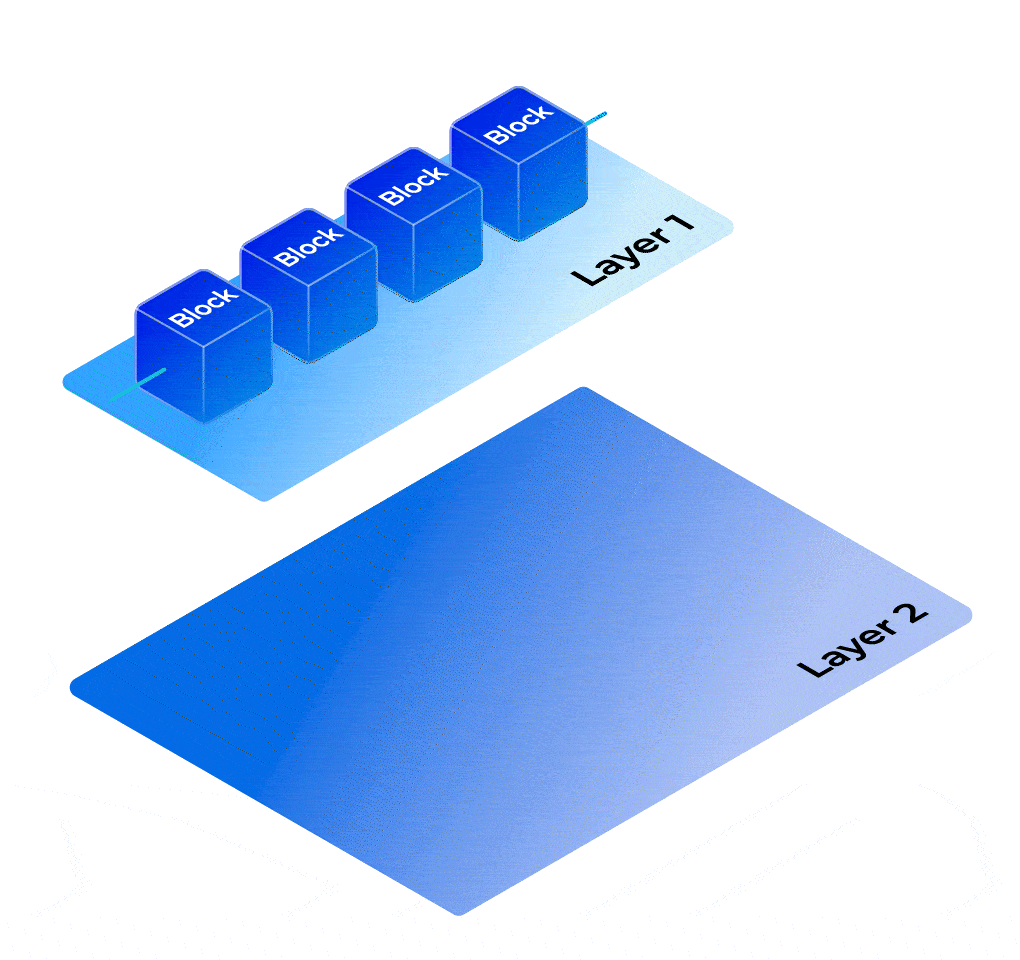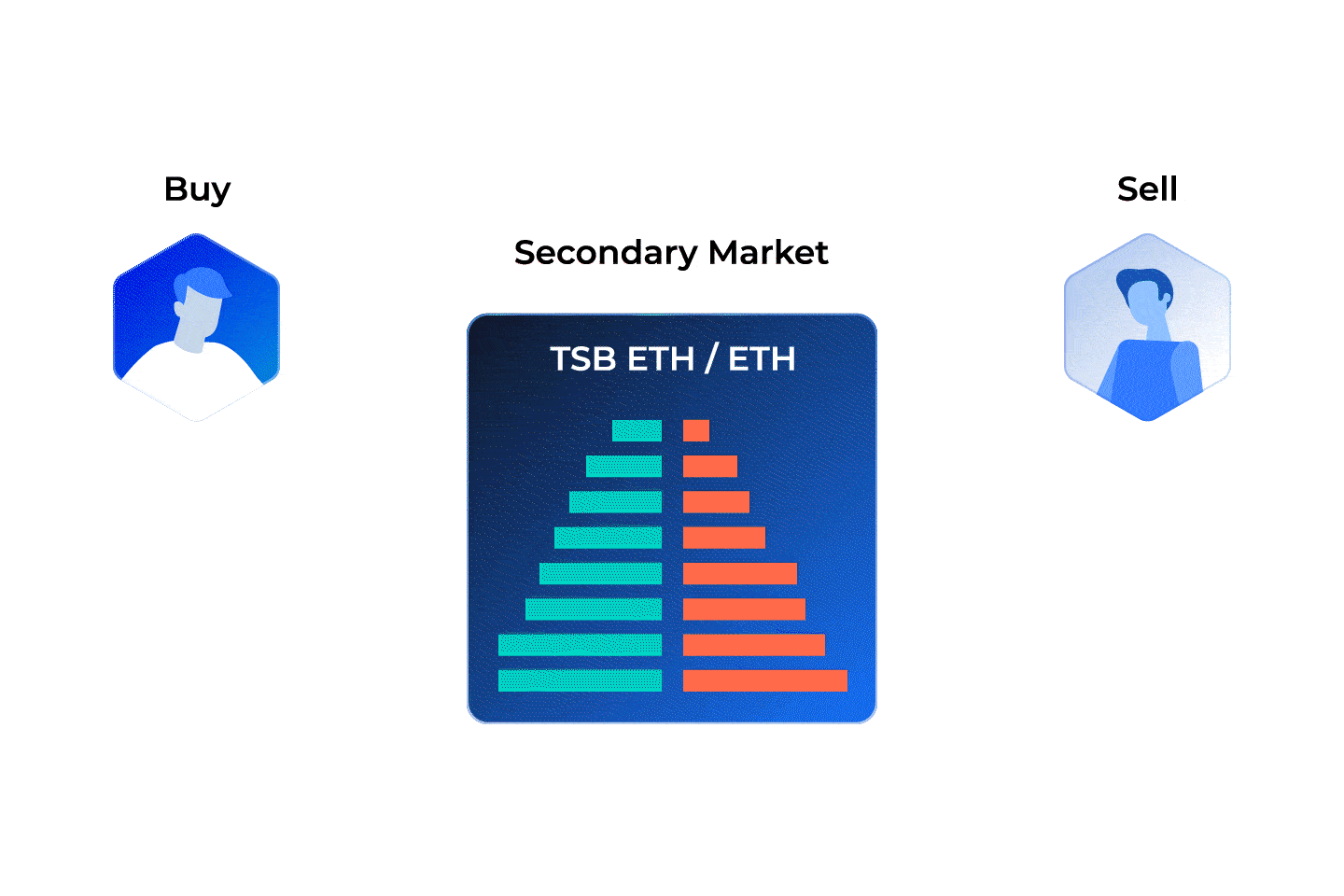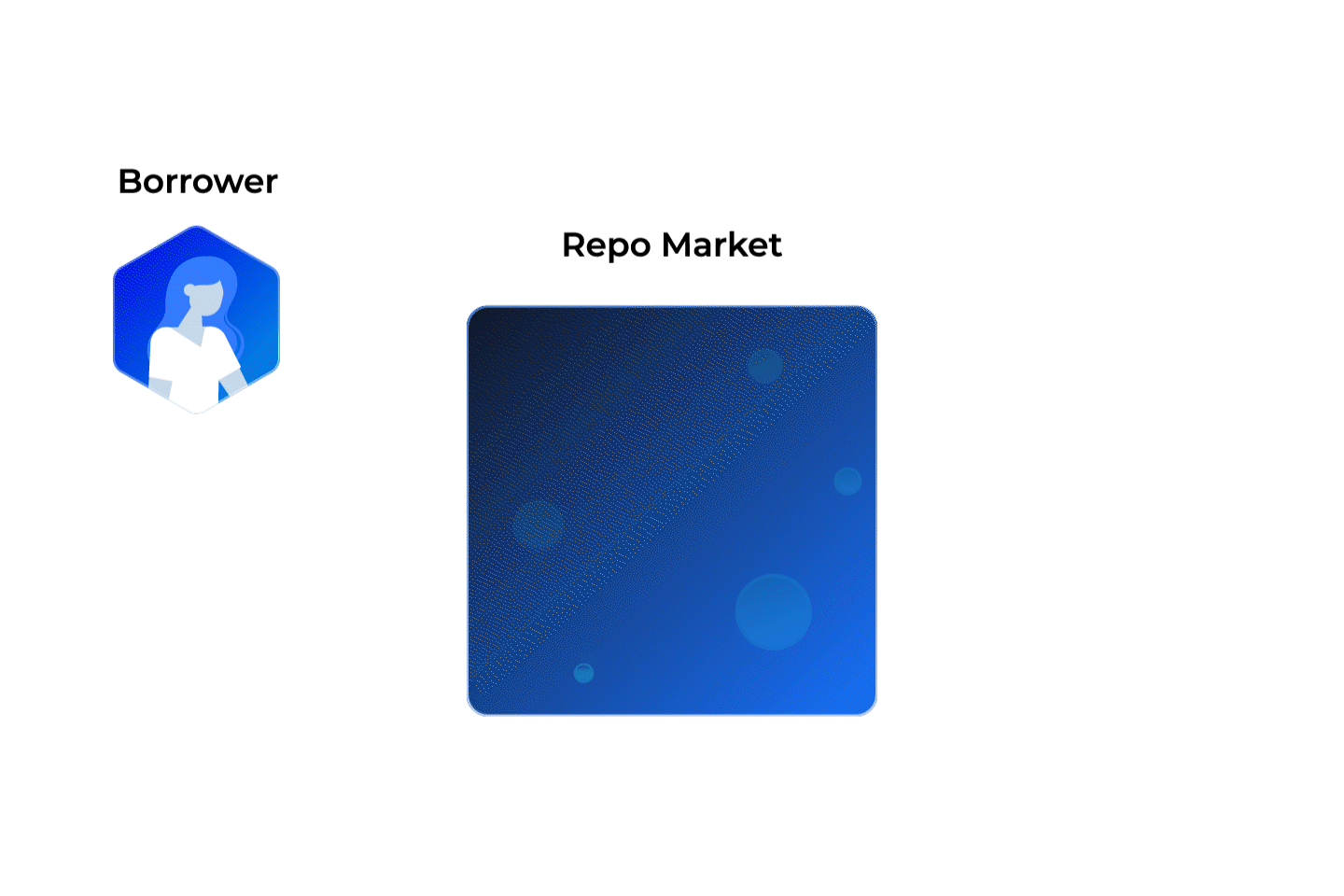Introducing Term Structure 📖 - a Full-fledged Peer-to-Peer Bond Protocol Powered by ZK-Rollup

Hello, World!
We’re thrilled to be out of stealth mode to show the world what we have been building:
Term Structure is a full-fledged peer-to-peer bond protocol powered by ZK-rollup. On Term Structure, people can borrow and lend digital assets to each other for a pre-determined duration and a fixed interest rate. Additionally, lenders can sell their bond tokens anytime and get collateralized loans with bond tokens as the collateral, all on the same protocol. We achieve this by using auctions and order books to facilitate trades on a ZK-rollup, known as “zkTrue-up.”
Zero-Knowledge Rollup

There's a lot of hype around zero-knowledge proof (ZKP) technology, and we didn't use it for the sake of using it. We developed a ZK-rollup based on zk-SNARKs to provide better UX. Internally, this roll-up is called “zkTrue-up.” With the power of zkTrue-up, we make trading on L2 gas-free and conceal info on auction bids.
How zkTrue-up works is similar to Starkware’s StarkEx, where the operator periodically submits transactions in batches to the Ethereum mainnet. The zero-knowledge proofs guarantee the integrity of included transactions in any given batch. In other words, if an operator tries to include any invalid transactions in a submission, the transaction on Ethereum will fail.
We plan to open source zkTrue-up shortly so anyone can verify the claims above. And we’ll soon release an article that dives into zkTrue-up further. In the meantime, you can check out our Gitbook to learn more about the technical details.
One Missing Building Block
As for why we started the project - we believe that a liquid bond market is the missing building block for the current DeFi ecosystem. I know. I know. You might be thinking, “aren’t the likes of some existing fixed-income protocols providing loans with a fixed interest rate”?
Yes, there are. However, there are several drawbacks for those who utilize AMMs for fixed-income loans:
- Capital Inefficiency:
The current AMMs for fixed-income instruments prevent it from utilizing all deposited funds. Not only is the paid interest shared among pool participants, but as more funds are lent out, the borrowing rate increases accordingly, deterring new borrowers unless more lenders deposit new funds. - Pricing Inefficiency:
The current AMMs’ algorithm causes high slippage for trades in any direction, bids, and asks alike. And once the liquidity mining incentives run out, this problem is further exacerbated. - Human Intervention Required:
As the market evolves, sometimes human intervention is needed to adjust the parameters inside an AMM’s pricing formula. Not only does it take time to change (probably need to go through a governance voting), but the tweaks by the team might not be optimal as the market does not decide it.
As such, we’re convinced there must be a better way to build a liquid fixed-income market than using AMMs.
Furthermore, once a liquid bond protocol is established (hopefully by us!), it’ll make new DeFi primitives, such as forwards and expirable futures, possible. And all of these products are in our product roadmap.
How Term Structure Works
To bootstrap unrivaled liquidity, Term Structure will launch with two types of markets with several primary dealers (still have room for some, pm us on Twitter and Discord!), the designated market-makers (DMM) equivalent of a CEX. These two markets are - primary markets and secondary markets.
First, we have primary markets.

It’s an hourly batch auction market where the borrowers and lenders place their bids on how much interest they’re willing to pay/receive on a maturity date in the future. Once the orders have been matched, the lenders will receive bond tokens (the ‘TSB’ token in the illustration above), whose holders can receive a fixed interest and return of principal on a specific date.
The bond token will be in the ERC-20 standard and is freely transferable, hence can be utilized on other DeFi applications, even the ones on L1.
Second, we have secondary markets.

It’s an orderbook exchange where people can buy/sell bond tokens (TSB tokens, or Term Structure Bond tokens). Retail users will primarily get their fixed-income instruments here due to a lower order size requirement. And the primary dealers will be the leading liquidity providers to facilitate trades in these two markets.
Soon after the launch, we’ll introduce the third market type, repurchase or “repo markets.”

Similar to secondary markets, it’ll be an orderbook exchange, but that’s the end of the similarity. On repo markets, the holders of bond tokens (TSB tokens) on Term Structure can collateralize their bond tokens for loans, meaning they can 1) receive a fixed income upon the maturity date and 2) maximize their capital efficiency.
And the cherry is that you always control your assets when trading on any markets above, thanks to zkTrue-up. Learn more about zkTrue-up here.
Final Words
The team behind Term Structure consists of the veterans from TradFi and the coders/operators of major DeFi projects. We’re excited about what we’re building, and we hope you’re too after reading this announcement!
We want to achieve a leveling-up advancement for DeFi that might be similarly impactful to Uniswap’s introduction of AMMs or to what dYdX did for the perpetual market — and we invite you to join us on this exciting journey!
For those who want to learn more, our Gitbook is the place to go.
- For those who want to learn more, our Gitbook is the place to go.
- For those who want to stay updated, you can follow our Twitter and join our Discord server or Telegram channel. No Telegram group.
- For those who want to contribute to our growth, we’re hiring! Head to our job portal to apply.
P.S. Testnet is coming soon. 😉

